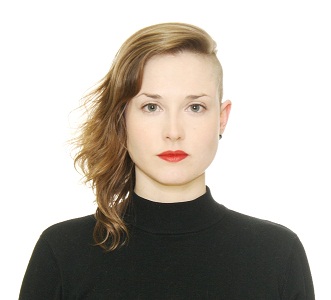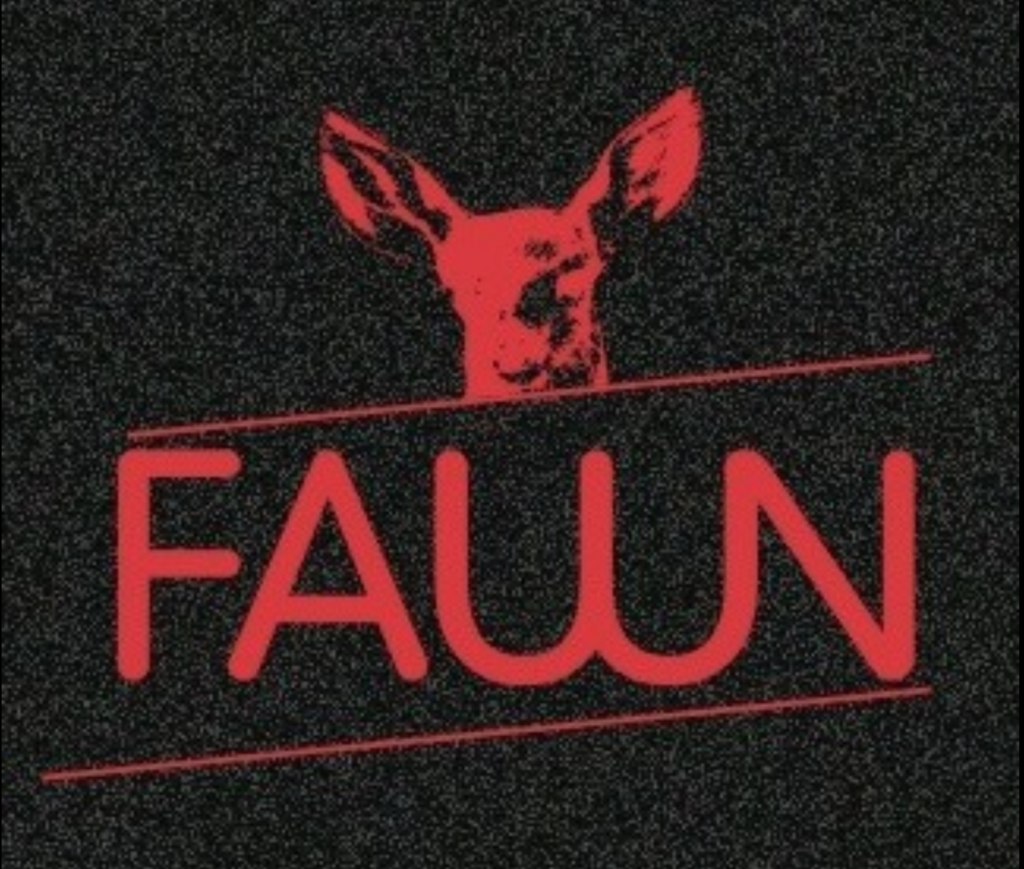“Do it yourself” has been the mantra of Artistic Director Amanda Smith ever since she started FAWN Opera and New Music in the summer of 2012. The past two years have been busy for the indie-classical team on the rise – with three series events titled Synaesthesia, Connections, and their central focus: Opera.
In many ways, collectives like FAWN characterize the many young classical musicians, composers and directors who graduate from music schools each year with incredible skills, culture, and creativity. They are completely aware that nobody is going to hand them a career. The structure of the music industry is gone, and the new generation is, let’s be honest, not really paying much attention to mainstream orchestras, conductors, and pianists.
The interesting thing about them is their complete lack of interest in anything surrounding aesthetic categories, or rules about what does or doesn’t belong in their sphere of influence.
One of the first things people notice about a FAWN event is that they’re a little rough around the edges. This isn’t a bad thing at all. They are informal affairs, with intermissions spent strolling about venues drinking beer and chatting about the latest films and bands making the scene. This is about classical music and popular culture siting down like old pals and having a beer together.
FAWN shows are typically packed, and people are often found sitting on the floor, with their legs stretched out, enjoying not only the music, but each other’s company. There are no contentions here – just music written and performed by highly trained classical musicians for people who enjoy it. The music can be either abstract or toe tapping, but the under 25 audience seems to be open to all of it, which is remarkable.

Last night, FAWN and The Seventh Art co-presented Synesthesia III: Film & Music. The idea was simple: match up composers with avant-garde filmmakers, and just see what happens.
The show featured something that I have never seen before at a new music event – a grimacing nightclub-style bouncer standing at the door with his arms crossed. They even made people line-up outside, which made me check the address to see if I was at the right place. FAWN made Toronto’s Brockton Studio into a bonafide new music nightclub – that’s a first!
The resident ensemble, consisted of soprano, electric accordion, percussion, electric guitar, clarinet, and cello played live to the films projected onto the white wall of Toronto’s Brockton Studio.
The collaborations were varied, and had mixed results. The highlights were the final two films Memory Worked by Mirrors by Stephan Broomer, and The Storm by Blake Williams.
Set to a score by Massimo Guida, the former was all about the ephemeral nature of memory. The film focused on a mirror in the filmmaker’s backyard that reflected his childhood home. The mirror becomes a shadowy portal, distorting scant images of structure, sky, and earth. Originally a silent film, Guida added a musical narrative with dramatic arcs, and textural colours that coveyed a deeper understanding of the film, which would have come across as more of a study in moving image, rather than a stand alone work.
The most successful collaboration of the evening was between US filmmaker Blake Williams and Toronto composer Amanda Lowry. The film was a surreal promenade through a beach landscape in a Hurricane ravaged Galveston Texas. What was unique was that it focused not on the ugly tragedy of the hurricane, but also on small instances of beauty found amongst the decaying beach-laden structures that could have come right of a Federico Fellini film.
The score was built around an analogue synth drone that ominously grumbled under the film like a possessed ancient hymnal. A sense of desolation and emptiness surfaced, with the ensemble entering with percussion and low register vocalisations by soprano, Adanya Dunn. What made this the most successful collaboration is that the film and music came across as inseparable from each other.
For film and music to truly merge, they must totally transcend each other to the extent that sound and movement are interpreted as one event. The balance is elusive for composers and filmmakers, who often disagree about the best way of finding that evanescent fusion that is only born if it works – the why is never quite clear; it just does or doesn’t.
It also helped that the film was clear of thought, and uncluttered by images that didn’t contribute to the overall effect. The same went for the music – which exhibited an economy that was at once restrained, yet still emotive.
The night concluded with the customary FAWN after party, and a hardy Hurrah! for all the various collaborators pushing the boundaries of contemporary music.
FAWN have proved that “Do it yourself” – is a mantra worth saying over and over again.
Michael Vincent
- THE SCOOP | Royal Conservatory’s Dr. Peter Simon Awarded The Order Of Ontario - January 2, 2024
- THE SCOOP | Order of Canada Appointees Announced, Including Big Names From The Arts - December 29, 2023
- Ludwig Van Is Being Acquired By ZoomerMedia - June 12, 2023




